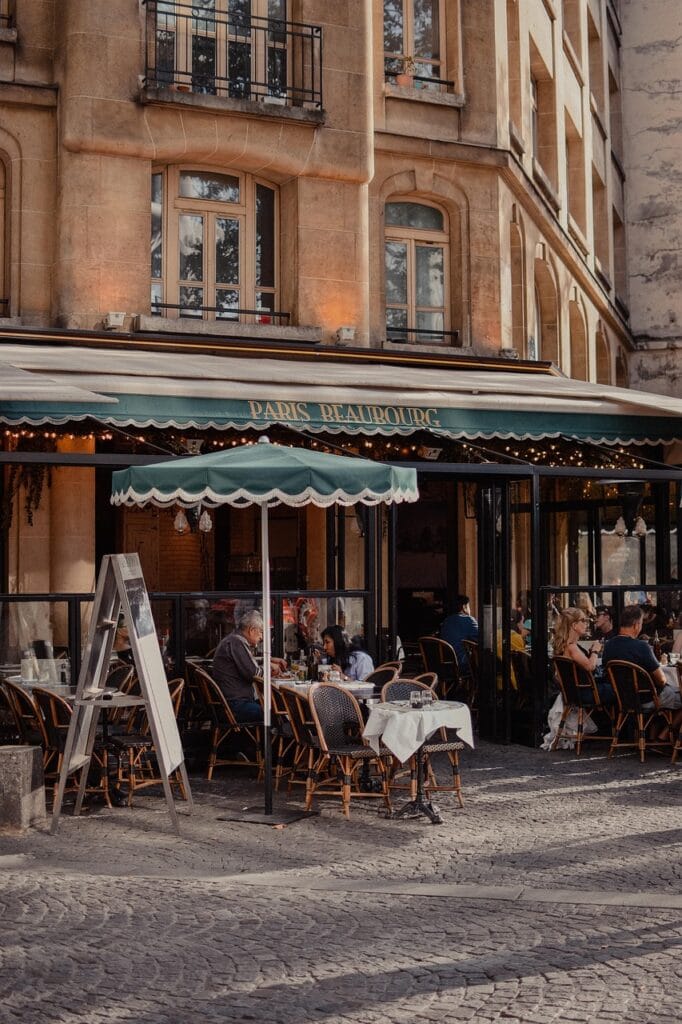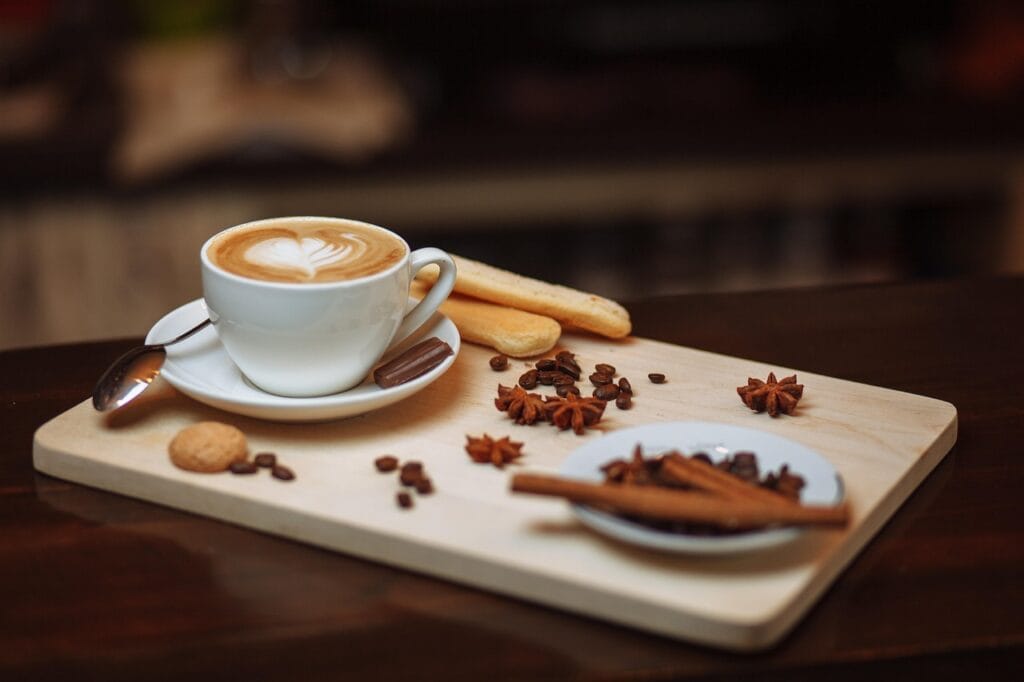☕ Introduction: More Than Just a Cup of Coffee
In today’s world of fast-paced coffee chains and mobile ordering apps, it’s easy to forget the roots of the coffeehouse. Yet in cities like Berlin, London, and Boston, the cultural café is far from extinct. These spaces were once buzzing centers of revolution, debate, philosophy, and art—and they still hold that spirit.
What’s remarkable is how these cities continue to preserve the cultural identity of their coffeehouses while adapting to the present. This blog takes you on a caffeinated journey through time and across three continents to show you how the past still percolates in today’s most beloved urban cafés.
🇩🇪 Berlin: Bohemian Roots & Modern Minimalism
Historical Vibe
Berlin’s café culture blossomed in the 18th and 19th centuries, shaped by artists, intellectuals, and political dissidents. Literary greats and anti-establishment thinkers found refuge in smoky corners of coffee salons in areas like Prenzlauer Berg and Kreuzberg, where free thought was brewed stronger than the coffee.
Coffeehouses here were more than social spots—they were anti-establishment safe havens and hotbeds for revolutionary ideas during the Weimar Republic and Cold War era.
Today’s Scene
Modern Berlin cafés reflect the city’s creative independence and minimalist flair. You’ll find industrial-style interiors, vegan cakes, manual brew bars, and playlist-free spaces that invite slow conversation or solo journaling.
Top Cultural Spots:
-
The Barn: Known for strict quality control, this roastery helped define Berlin’s third-wave coffee scene.
-
No Fire No Glory: A local gem for serious coffee drinkers and remote workers.
-
Café Einstein Stammhaus: Housed in a neo-baroque villa, it still carries echoes of Berlin’s golden café era.
What Makes It Unique?
Berlin cafés are quietly rebellious—minimalist yet intellectual. WiFi is optional. Conversations are meaningful. The past is always present.
🇬🇧 London: The Original Penny University
Historical Vibe
London’s coffeehouse roots stretch back to the 17th century, when they were nicknamed “Penny Universities.” For just one penny, patrons could buy a coffee and gain access to news, literature, debate, and community. This was the birthplace of major institutions—Lloyd’s of London began as a coffeehouse for merchants and insurers.
These early coffeehouses were democratic spaces where classes mixed, and ideas flowed more freely than tea.
Today’s Scene
Modern London cafés are both historically inspired and globally modernized. From Victorian tearooms repurposed into espresso bars to boho basement cafés in Shoreditch, the city retains its intellectual charm.
Top Cultural Spots:
-
The Attendant (Fitzrovia): A restored Victorian men’s restroom turned café—yes, really—with killer espresso.
-
Monmouth Coffee (Covent Garden): One of the city’s oldest and most respected roasters.
-
TAP Coffee (Soho): With rustic interiors and a rotating menu, it captures London’s modern-yet-classic coffee energy.
What Makes It Unique?
London’s café scene is a fusion of elegance and experimentation. You can just as easily have a chai oat latte in a former church as you can read Byron in a bustling pub-café hybrid.
🇺🇸 Boston: Revolutionary Roast
Historical Vibe
Boston’s coffeehouses were instrumental in shaping American history. In the 18th century, cafés like The Green Dragon Tavern became secret meeting spots for revolutionaries such as Samuel Adams and Paul Revere. After the Boston Tea Party, coffee took on symbolic importance as the beverage of resistance.
More than just meeting places, Boston’s coffeehouses were hubs of patriotism, publishing, and politics.
Today’s Scene
Modern Boston blends its historic legacy with academia and innovation. Coffeehouses double as study lounges, political discussion hubs, poetry reading venues, and art spaces—especially around Harvard Square and the Back Bay.
Top Cultural Spots:
-
Tatte Bakery & Café: With Middle Eastern roots and French-inspired style, it’s where students, professors, and creatives come together.
-
Trident Booksellers & Café: A true hybrid bookstore-café with a long history of supporting Boston’s literary community.
-
Render Coffee: A cozy, leafy café perfect for writers, remote workers, and anyone seeking great beans in a peaceful environment.
What Makes It Unique?
Boston cafés still embody the American revolutionary spirit, updated with laptops and espresso machines.
🌍 Common Threads: Culture in a Cup
While these cities are oceans apart, they share striking similarities in how they approach coffee:
-
Intellectual Engagement: Each city’s cafés serve as platforms for creative thinking, academic exchange, and lively debate.
-
Historical Preservation: Many cafés are located in restored historical buildings or intentionally reference their city’s heritage.
-
Community Spaces: They aren’t just for grabbing a drink—they’re meant to be experienced, whether through a book, conversation, or quiet solitude.
-
Slow Coffee Culture: Despite being in fast-moving cities, these coffeehouses promote a slower pace, focused on connection and quality.
✨ Past Meets Present: Why These Cafés Still Matter
Cultural coffeehouses offer something rare in today’s hyper-digital world: human connection and shared experience. They preserve tradition while embracing evolution—craft coffee replacing old brews, laptops replacing inkwells, playlists replacing pianists. But the essence remains:
-
A place to think
-
A place to create
-
A place to connect
They’re a reflection of their cities—layered with history, buzzing with modernity, and always brewing something new.
💬 Final Sip
The next time you’re walking the cobblestone streets of Berlin, strolling through London’s West End, or grabbing a book in Boston’s Beacon Hill, skip the big chain. Find the café with a story.
Sit down, take a sip, and feel how history lingers in the aroma.
-





